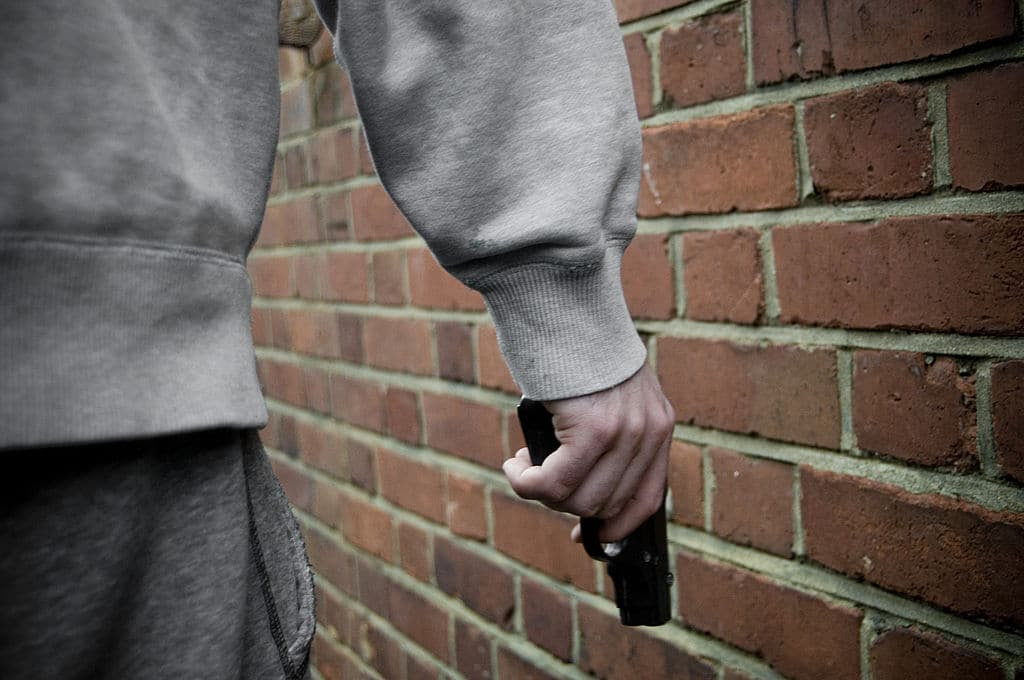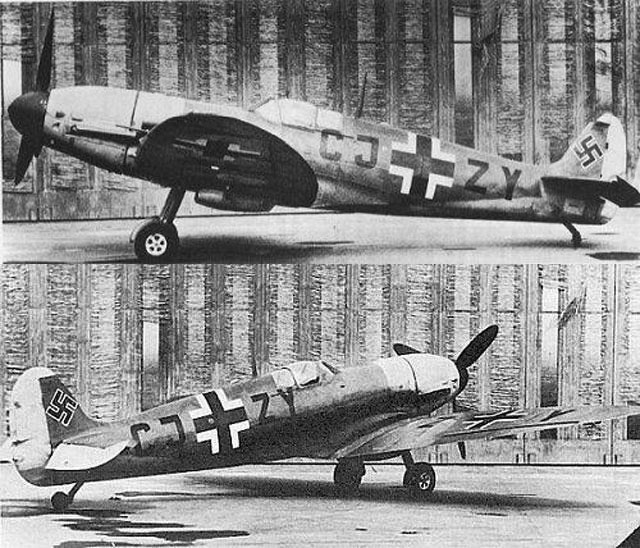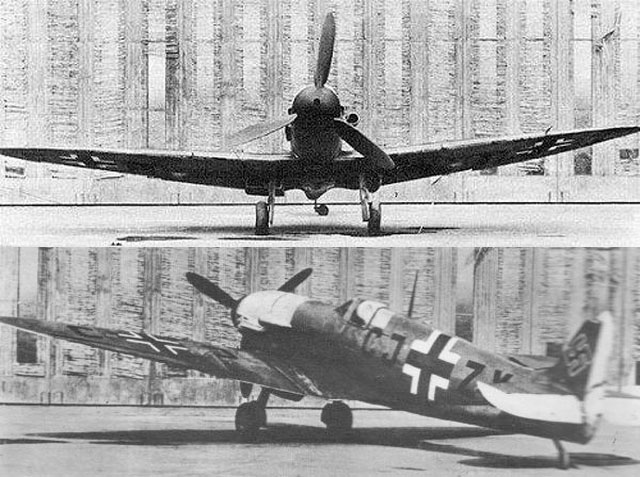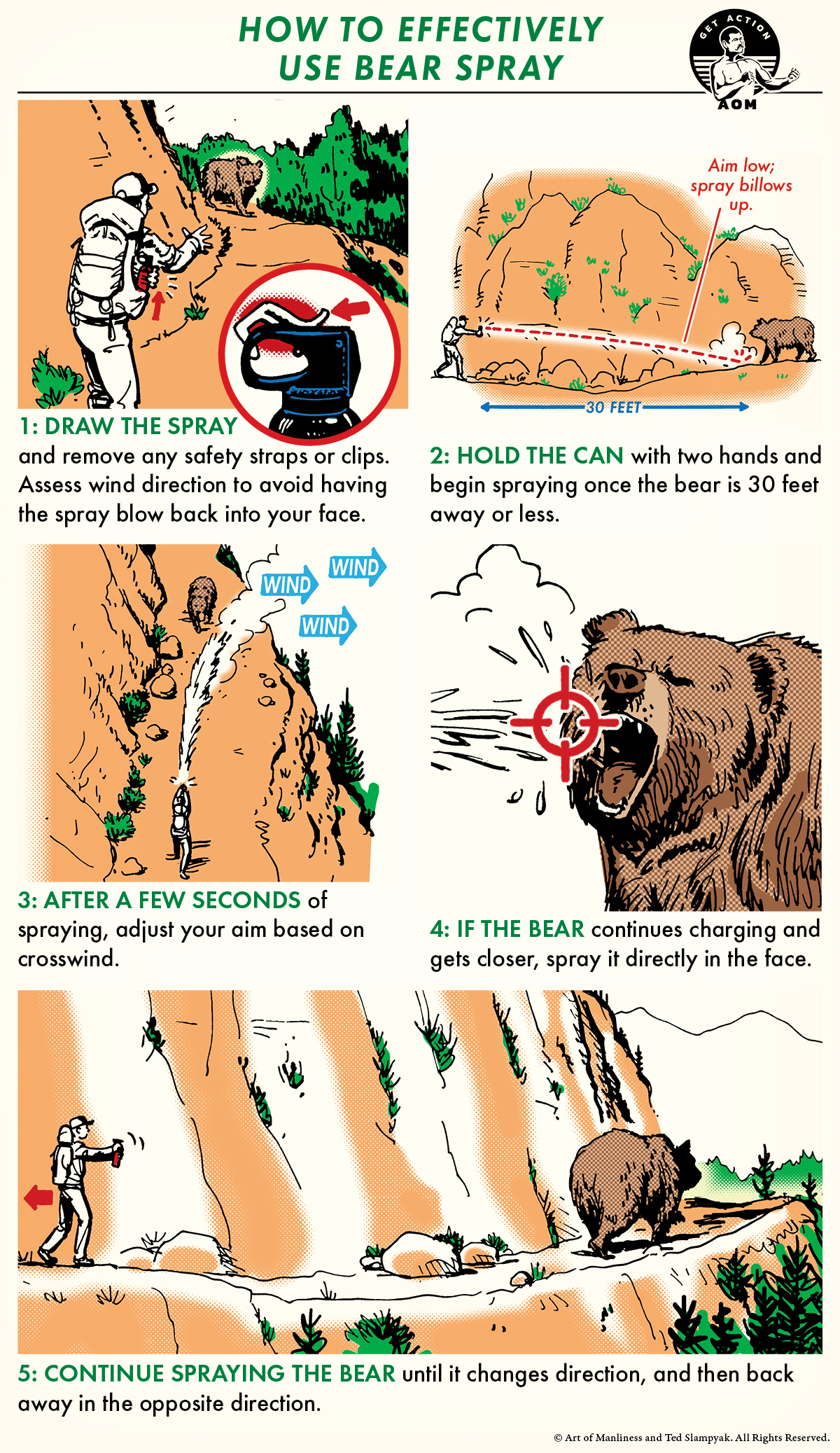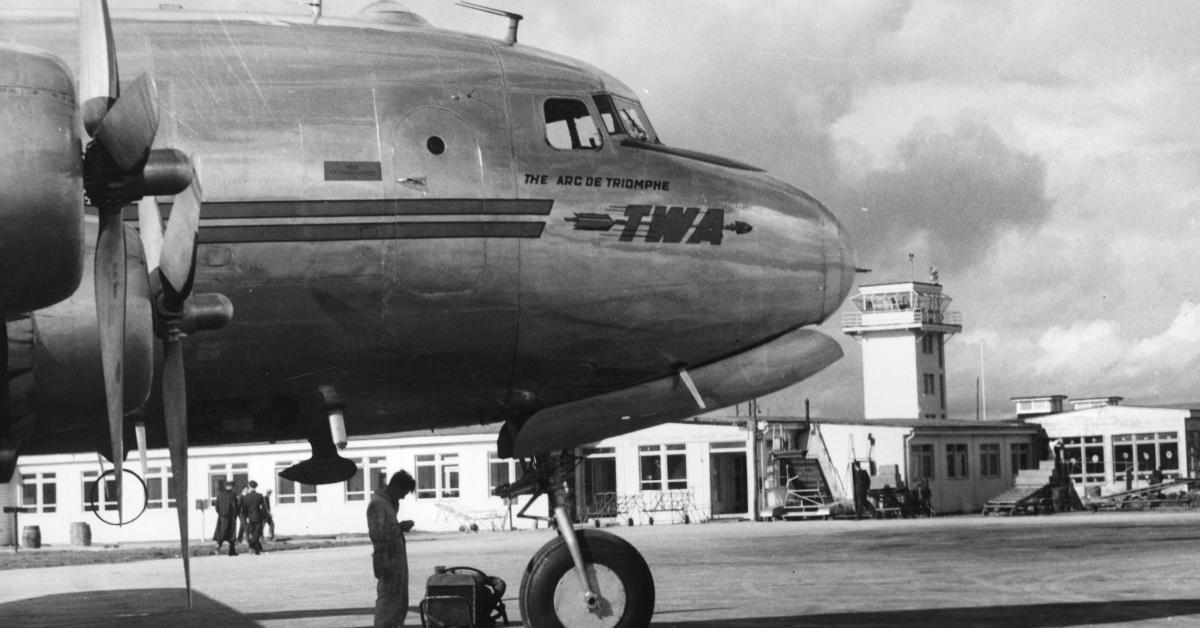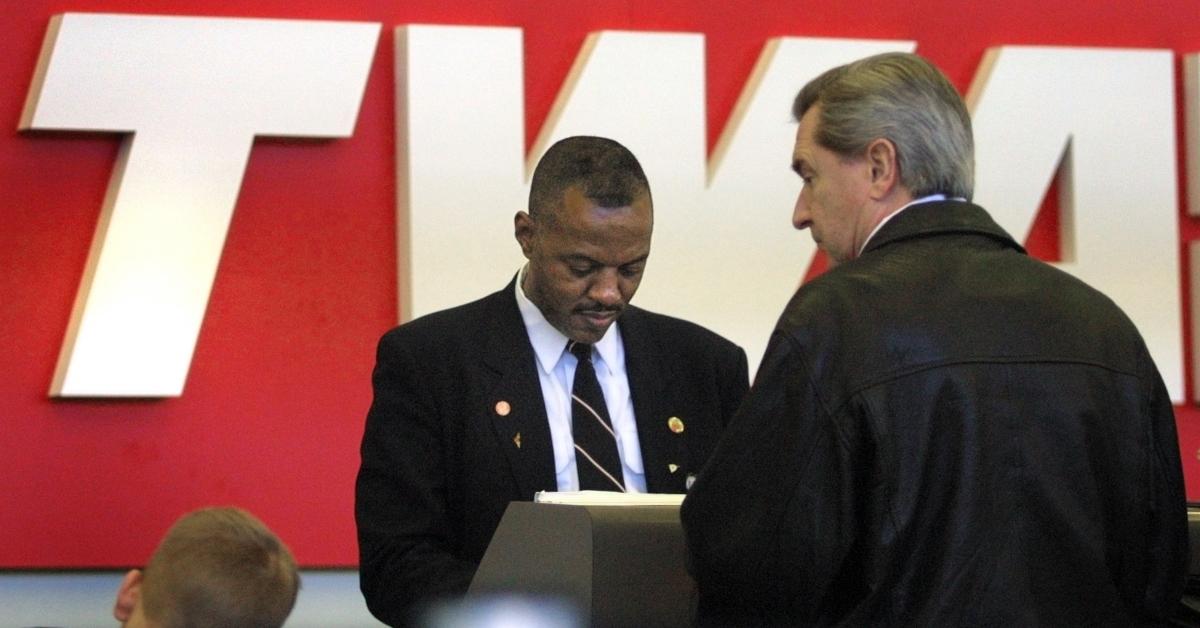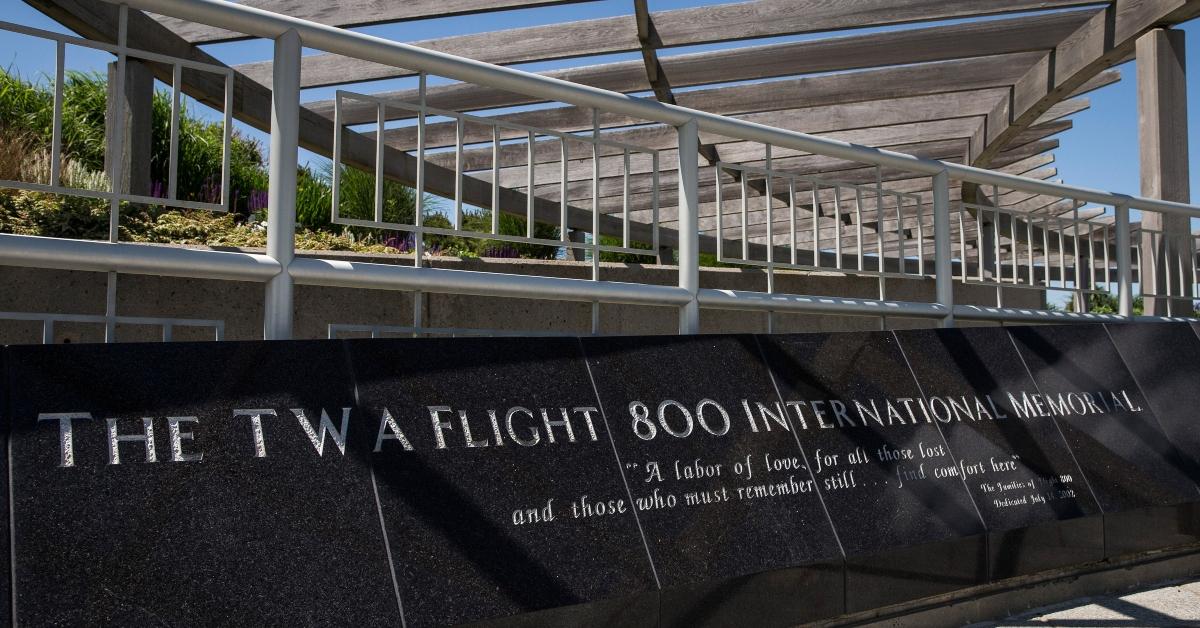By now y'all have seen the video of that white couple in Cincinnati that got set upon by that sub saharan nubian mob and got the crap beat out of them. The cops finally snagged 3 of them at last reading and they are out on some shockingly low bail(Not surprised really, it is a minority democrat city afterall) but such violence is becoming more prevalent and I personally will not go downtown ATL except at daylight and that is reluctantly. Because I know there are many "GFZ" in the city and if I have to defend myself against one of the protected class, it will not go well for me. so to use a I think it was Jeff Cooper that said it, I know my Dad did, "Don't go where stupid people hang out, and especially where crowds of stupid people hang out, they can turn into a mob before you know it and it will suck to be you."
I got this article from "AOM" . I saw the article and thought it would be pertinent to what is going on here. I have commented that in the times gone past, 20 years longer or more people would just rob you, now they would kill you just for sport or "street cred". More people are borderline feral, they are totally soulless and will quickly use violence to support their desires. Now with the violence that the antifa movement uses in attacking what they consider "hate speech", the violence that antifa uses is mostly "social violence" used to dominate, there is also the possibility that the violence can change from mostly intimidation to serious harm. It is important to understand the dynamics of mob violence and how fast it can change.
Editor’s note: The following article was adapted from When Violence Is the Answer: Learning How to Do What It Takes When Your Life Is at Stake by Tim Larkin.
Dulce bellum inexpertis. (War is sweet to those who have never experienced it.) —Pindar
You don’t have to look very hard on YouTube to find videos of long-suffering kids reaching their breaking point with bullies and finally fighting back. The scenes vary in geography, gender, and the size and age difference of the kids involved, but each scene generally goes down the same way.
The video picks up mid-conflict. The bully is in full aggressor mode: stalking after the victim, cutting them off, pushing them, taunting them, and getting in their envelope of personal space, sometimes looming over them like a beast. The bullying victim is folded over, trying to make themselves smaller. Or they’re turned to the side, as if subconsciously hoping the teasing will just go away. Sometimes they’re backed against a wall, as if they are hoping to melt into it.
Then, suddenly, there is a shift. The victim stops, stiffens, and bows up. There is going to be a fight. The bully is almost always caught off-guard when this happens. Bullies typically pick their victims based on the likelihood that they won’t fight back. The fight might happen right then and there, it might have to wait until after school. It doesn’t really matter, though, because once the bully’s victim has had enough and finally decides to defend himself, the decision ripples through the playground or the schoolyard like a shockwave. The other kids start getting super excited. If the fight is going down after school, it’s all anyone can talk about. They can’t wait. If it happens right there in the moment, the kids immediately encircle the pair chanting, “Fight! Fight! Fight!” In the lead-up to the actual physical confrontation, the bully will often start talking trash in an attempt to humiliate or intimidate and regain the upper hand in his relationship to the victim. If the victim responds, it’s to show that the bully’s taunts aren’t going to work this time. They’re going to have it out once and for all.
Fights likes these are instances of what I call “social aggression.” They are quasi-violent scenarios that stem from conflict and jockeying within the social hierarchy. I call them quasi-violent not because I don’t take them seriously, but rather because they don’t always involve violence as we understand it — sometimes it’s just talking or threatening — and they’re less about physically destroying the other person than they are about asserting social dominance, gaining some advantage, or elevating social status. That’s why people instinctively want to gather around and watch these types of conflicts, because they want to see what happens.
Kids get so excited about these playground fights because there is valuable social information to be gleaned from them. Both fighters’ positions in the school’s social hierarchy are in flux. The bully occupies a position of power, and when his target finally fights back, that means his position is being challenged. When it’s all over, will there be a change in social standing? Will the bully get his comeuppance and be reduced to a pariah and a laughingstock? Will his victim be elevated to the position of nerd hero or defender of the meek and helpless? Or will the bully get the upper hand and the social status remain the same? This kind of aggression isn’t exactly tolerated — it’s the kind teachers usually break up and punish, after all — but it doesn’t destroy the social order in the school, either. Afterward, the kids will be talking about it excitedly in the lunchroom for the rest of the week.
And then there is the other way these playground fights and bully takedowns can go. These are the kinds of incidents that do not show up on YouTube. The victim has had enough, but he has only stiffened and bowed up in his mind. He — and it’s almost always a he — has no interest in fighting back at the center of a ring of classmates. Instead, he opens his backpack, pulls out a revolver and shoots his bully in the head at point blank range. Do you want to guess what happens next? There is no excited chanting for a fight. No one is hoisting the bully’s victim on their shoulders and marching him triumphantly around the schoolyard. There is only complete and total pandemonium. Everybody runs and no one looks back. There is no social information to be gathered here.
That is the rough outline of any number of the school and workplace shootings that have dominated our news over the last fifteen years, and become (along with ISIS-style terrorism) the scariest, most urgent form of violence we face today. I call violence of this nature “asocial.” Asocial violence is violence that has nothing to do with communication or reshuffling the pecking order. Asocial violence is nothing like that: it doesn’t try to change the order, it tries to wreck the order. It’s the kind of violent interaction we instinctively run from — the kind in which there is only mayhem, death, misery, and horror. (The knockout game is asocial violence.) At the end of the day, all violence has the potential to be a matter of life or death. The difference with asocial violence is that death and destruction are not its by-products; they are its purpose.
It is essential we understand this distinction between social aggression and asocial violence right now. Social aggression is about competition; asocial violence is about destruction. Competition has rules; destruction has none. Social aggression is about communication — implicitly with status indicators but explicitly with lots of taunting and posturing. There is no talking with asocial violence. Open your mouth and you are likely to eat a lightning-fast punch or a jacketed bullet traveling at 2,500 feet per second.
How to Tell the Difference Between Social Aggression and Asocial Violence
If there is one reliable way to distinguish between the two kinds of violent encounter, it is the presence or absence of communication. If a man comes upon you from behind as you’re walking home from dinner and he puts a gun to your head and says, “Give me your wallet or I’ll blow your brains out,” that is fundamentally an act of social aggression. It may feel asocial, because you feel powerless when you’re taken by surprise, but how you feel has nothing to do with whether a situation is social or asocial. What matters is the intent and the action of the attacker. In this scenario, his primary motive is not to destroy, it’s to dominate. He’s using the threat of violence to make it easier to get what he wants. If the situation were asocial, if what he wanted to do was destroy you, you would not hear any words. You probably wouldn’t even hear the hammer cock before the trigger got pulled and the bullet left the chamber.
Social aggression doesn’t wear off after adolescence; fast-forward twelve years to a bar fight between rival fraternity members and the outline is the same. It’s still two guys exhibiting their inner-male aggression, thrashing, ranting, raving. It’s the silverback gorilla banging his chest. It’s the butting of rams’ heads. It’s the clashing of male grizzly bears. These are all bids for a kind of social status, and they’re all meant to be witnessed.
The schoolyard brawl and the bar fight aren’t usually life-or-death situations. Rather, they’re a form of primitive communication. It’s a social display that communicates, “I’m really agitated. I’m mad. I want to run this other guy off my territory.” And the other guy is responding, “I’m not willing to be run off my territory. I’m going to stand my ground.” The intent is not to inflict grievous bodily harm. It’s only to exert social dominance.
In these situations of quasi-violence, people rarely punch their opponent’s throat or kick them in the testicles or gouge out their eyes. They rarely try to inflict permanent damage. If you were to look at such a confrontation simply from the perspective of causing bodily harm, you’d call it wildly inefficient. I have studied video of countless epic bar brawls that have gone on for ten or fifteen minutes that left the combatants bloody and bruised, but also conscious, uninjured, and able to walk away. I’ve also seen guys beat each other senseless and then hang out afterward — like it was something they just needed to get out of their systems.
Many of us know how to act like jerks and add fuel to the fire, how to turn an argument into a shouting match that turns into a fistfight. It can be scary. It can be wrong. It can be extremely intimidating. But the aggressor is not deliberately trying to maim, cripple, or kill. He’s not trying to break down the social order, to sow terror and mistrust. The goal is to dominate, not to destroy. This is social aggression.
Asocial violence, on the other hand, is brutally streamlined. It’s quiet. It happens suddenly and unmistakably. It’s one person beating another person with a tire iron until he stops moving. It’s stabbing somebody thirty-seven times. It’s pulling a gun and firing round after round until he goes down, and then stepping close to make sure he has two to the brain, just to be sure. If you’re a sane, socialized person, thoughts like those can make you physically ill. That’s because you recognize them for what they are: the breakdown of everything we, as humans, hold sacred. Indeed, they are often a breakdown of the perpetrator of the violence themselves. They are no longer in control, they are no longer thinking rationally, they are no longer thinking at all. These acts represent the destruction of the social fabric. They’re devoid of honor. They’re acts without rules, where anything goes. That is asocial violence.
How to Respond to Social Aggression and Asocial Violence
So why am I harping on the difference? Because our responses to social aggression and asocial violence ought to be fundamentally different.
Social aggression is avoidable — and you should avoid it. You can choose not to participate. You can employ social skills to remove yourself from the situation, or to de-escalate it. It comes with big, flashing warning signs — loud, dramatic, and recognizable social posturing. You can see it coming a mile away. These sorts of problems can usually be handled with social tools that we all know how to use. We’ve all talked our way out of a bad situation. We all know how to calm another person down. We all know how to back down ourselves. If we didn’t, none of us would have made it this far in life. Similarly, threats of violence with a clear purpose — like a robbery — can be terrifying. But they remain social interactions, with generally clear demands and big, flashing warning signs of their own; the lines of communication remain open. When he says, “Give me your wallet or I’ll blow your brains out,” give him your wallet and live to see another day.
You can rarely, if ever, talk yourself out of asocial violence. You have no idea whether the movie theater you chose is the one where a shooter with a full arsenal will show up looking like The Joker and acting like Bane. You have no idea if your child’s school is the one where a deranged mind will decide to make his mark. Asocial violence doesn’t care about your social skills.
Negotiating with a serial killer is like arguing with a bullet. If it’s coming your way, words won’t deflect it. If somebody has decided to stab you to death, capitulation doesn’t appease them. It only makes their work easier. When it comes to asocial violence, if you have not been able to foresee and escape it, you must render your attacker one of three ways to survive: incapacitated, unconscious, or dead. Understanding and accepting that reality, then training to deal with these unlikely scenarios, will give you the confidence you need to quickly and calmly identify the difference between social aggression and asocial violence, while setting your mind at ease that you’ll be able to handle whichever comes your way — de-escalating where it’s possible to de-escalate, and fighting to save your life where it is not.
When the Rules Don’t Apply
Though these kinds of conflict — social aggression and asocial violence — look and sound quite different from each other, our instinct is to apply the same set of rules to both, because our socialized minds don’t want to accept the possibility that the rare and unthinkable has found us, by no fault of our own. If we don’t have rules governing how we deal with the rare and unthinkable, then the rare and unthinkable can’t happen, right? Alternatively, we try to shove this unseemly business out of our minds by dismissing the distinction altogether: Why are we talking about this? Violence is violence; it’s all bad. We get ourselves into deep trouble when we take either one of these approaches, because you can’t play by rules that your attacker refuses to recognize even exist.
Rules, as a social construct, only work in a conflict when both sides honor them. Major League Baseball has a broad set of rules that generalize across the American and National Leagues. But when teams from each league play against each other during interleague play or in the World Series, they have to agree on which league’s rules govern or else the whole thing collapses. The idea that rules of any kind go away the second the other guy ignores them is generally unsettling and downright terrifying in the case of violence. But when you think about asocial violence through that prism, you start to realize that it’s a horrible mistake to use the same social contract that governs social aggression, to understand and navigate true asocial violence. During true violence, our usual social categories—good guy/bad guy, right/wrong, attacker/defender — cease to apply. These dichotomies are useful, but only before and after a violent confrontation has occurred. During the actual fight, they are utterly irrelevant, if not misleading and dangerous.
It is an issue of practicality in the most literal sense. In the midst of a violent encounter, to think merely of “defending” yourself — rather than incapacitating your opponent — is essentially to curl up in a ball and hope for the best. Waiting for your attacker to give up — or worse, expecting him to follow the rules — is, putting it bluntly, to risk participating in your own murder. Your only reliable course of action to save your life is to do what your attacker is trying to do to you, but do it more effectively and efficiently, and to do it first. To use the very same tool of violence.
And yet, as sane, socialized beings, we continue to drag our rules into these places where they don’t belong. We want to somehow keep everything fair, on a level playing field. This is why most confrontations involving real violence go terribly wrong for the good guy. We’re constrained by a litany of social rules while the asocial predator is bound only by the laws of physics. All he cares about is how best and most quickly he can do you grievous bodily harm and end the situation. He’ll stab you when you’re not looking. He’ll kick you in the throat when you’re down. If things don’t look hot for him, he’ll capitulate to get you to let go, then pull his gun and shoot you. He’ll use your socialization against you — he’ll turn the social rules that normally protect you from harm into his most powerful weapon. But all his weapons are tools that you can use in turn.
When you’re staring down the barrel of a gun (literally and figuratively) with a violent asocial predator on the other end of it, you must remember that this is not a movie or a video game or a hero fantasy. This is not high noon at the O.K. Corral. There is no Good, Bad, and Ugly — there is just ugly.
Social Aggression Can Quickly Turn Into Asocial Violence
In 2006, a young British lawyer named Thomas Pryce exited the tube station by his home. It was early January, about 11:30 at night. It was cold. Tom had just left a work function in London and he was hustling back to the flat he shared with his fiancée on a quiet street in an up-and-coming suburb of London.
On this night, he was followed by two young men in hooded sweatshirts who had robbed someone else earlier in the evening and saw Tom as another opportunity. They circled around in front of him and drew their knives, demanding his valuables. He quickly complied, handing over everything. If the incident had ended there, we might say that Tom used his social skills to escape an instance of social aggression. He saw assailants who, however intimidating and dangerous, were still offering a recognizable, if coercive, exchange — his possessions for his life, straight up — and he accepted the exchange. He kept quiet, offered no resistance, and gave up his property exactly how the authorities tell you to do it in a robbery situation like that.
Thomas was shaken up, but he kept walking home. Then the young men came back. This time, their knives were already drawn, their heads were down, and they weren’t saying anything. Thomas broke into a sprint, but they quickly overtook him and began stabbing him repeatedly, in the chest, the hip, the face, the hands, and the lower torso. He yelled frantically, “Why, why, why? You’ve got everything!” But they didn’t have everything. They didn’t have the one thing they needed once they realized he had seen their faces. They didn’t have his silence.
“He could identify us,” they said to themselves, according to the Metropolitan police who interrogated the men upon their capture, “we need to kill him.” That quick realization was all it took for those two young men to go from opportunistic robbers to cold-blooded murderers. Social aggression to asocial violence in the blink of an eye.
The lesson I take from Tom’s murder is how essential it is to understand the difference between the two types of physical confrontation. You need to be able to identify them in the moment, and you need to recognize that one can turn into the other very quickly when circumstances change. The kind of encounter that Tom endured initially — no matter how frightening it must have been — still presumed a kind of communication. He was in the kind of conflict that we can escape with our social skills: after all, giving up your belongings in exchange for your life is a kind of negotiation, even if it happens under extreme duress. If you can comply with demands, it means there’s still communication happening, which means there’s still a chance of getting out of there in one piece.
Unfortunately, the situation turned asocial very quickly, for reasons Tom could not have foreseen. The rules that he believed were governing his initial encounter ceased to apply when the two men returned. His attempts to communicate, to negotiate, to make sense of what was happening, all of it fell on deaf ears and was met only with more violence. His only hope lay in recognizing, quickly, what kind of situation he was in, and acting accordingly. In a phrase: using violence. By the time he realized the shift from social aggression to asocial violence — if he ever realized it — it was too late.
When escape was off the table, the only thing that could have helped him was a fuller understanding of the tool of violence and greater preparedness to take immediate action. Instead of turning to flee, he needed to turn and fight. Because when an aggressor doesn’t care about your reasons or your rules, and isn’t interested in having a negotiation, no other strategy tends to work. Especially when you’re outnumbered. Tom’s only hope was to inflict injury first. But before his survival depended on that, it depended on recognizing, as soon as possible, that he was not in a situation of coercion and communication, but in a situation of life-or-death violence.
Social Aggression and Asocial Violence: Know the Difference, and Be Prepared to Act Accordingly
Remember: all of what I’ve been explaining goes both ways. Just as there’s no way to de-escalate a situation of true, asocial violence, there’s no reason to escalate a situation of social aggression. We learn the difference between the two not only to prepare ourselves to fight for our lives when we absolutely have to, but also to prepare ourselves to wisely back down when there’s no need for a fight.
